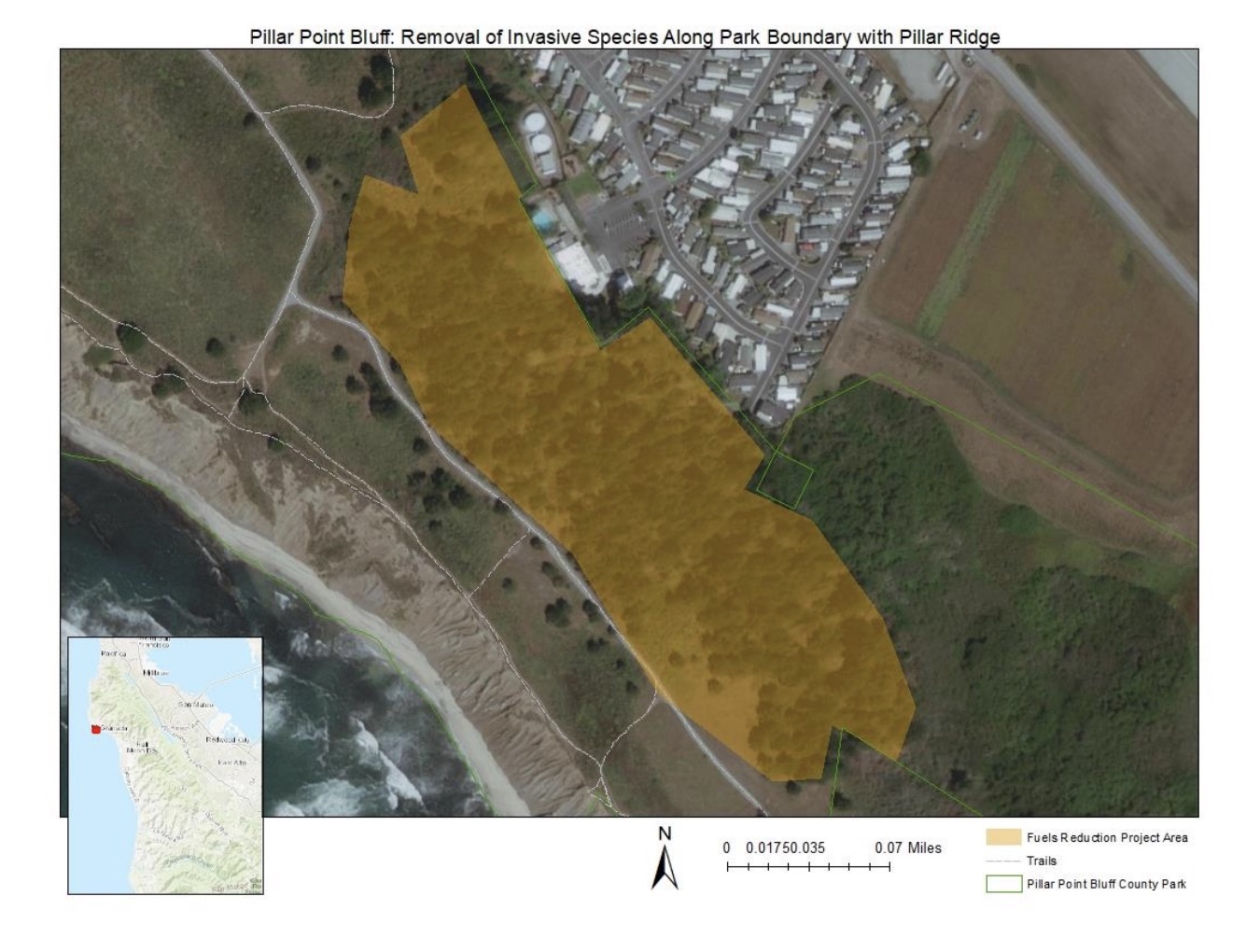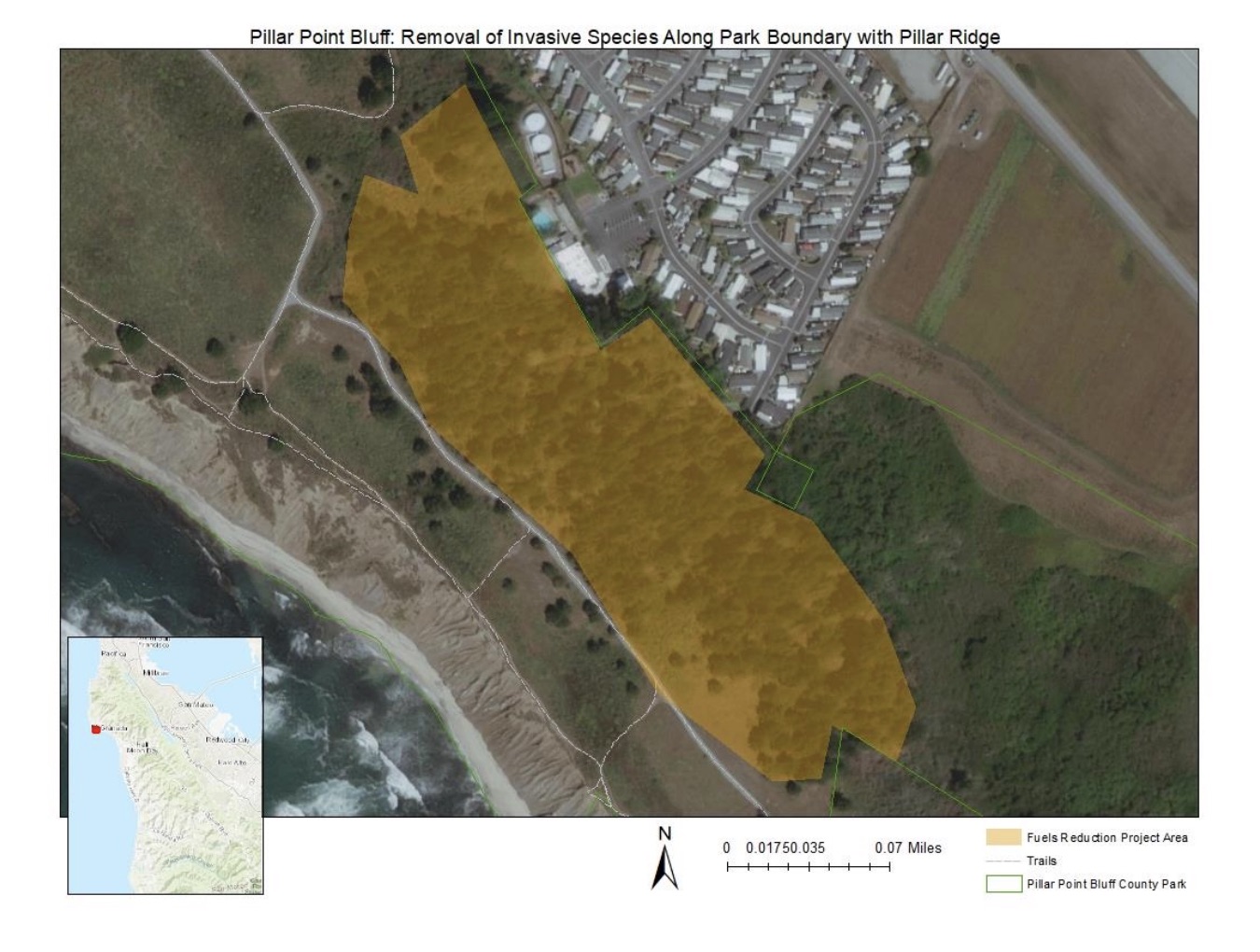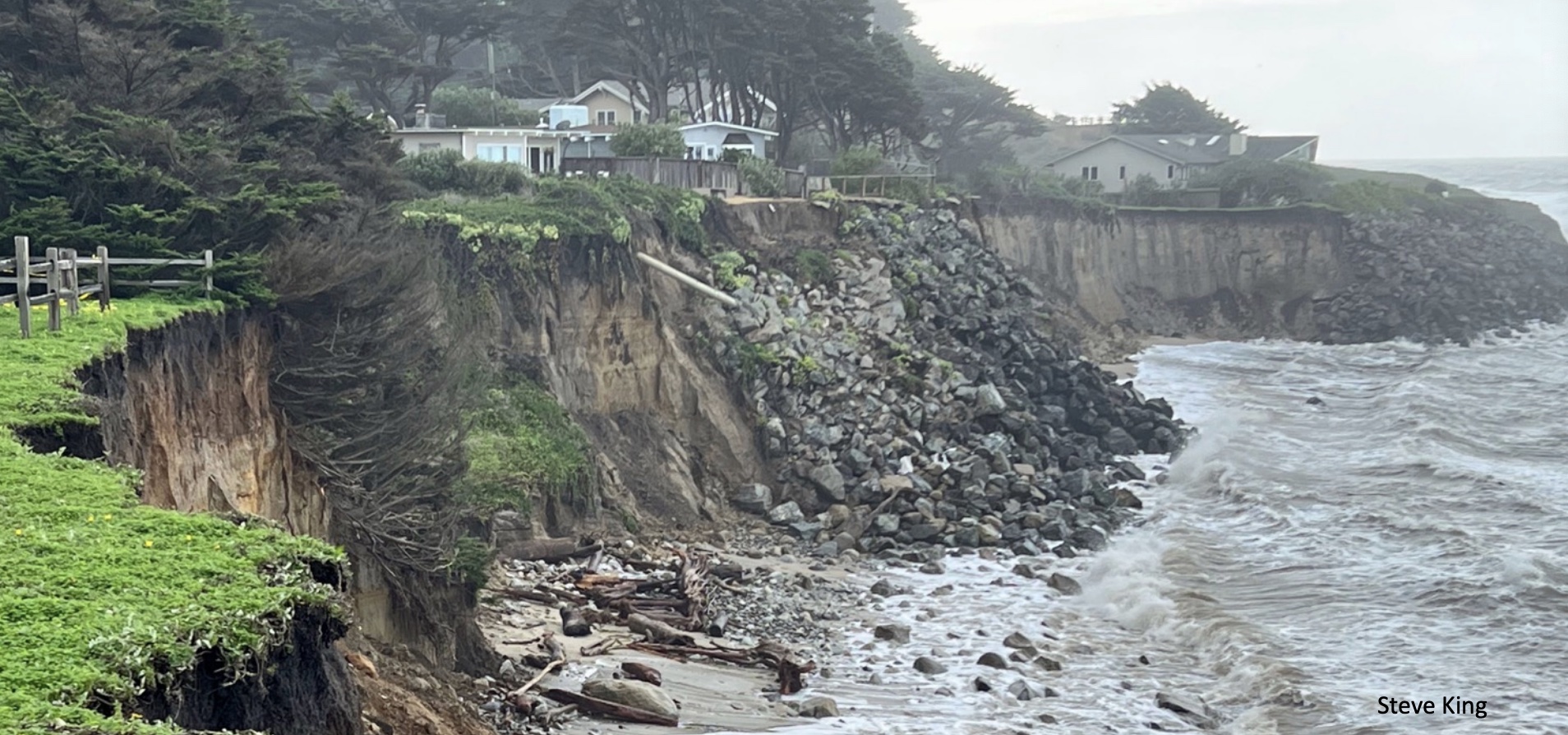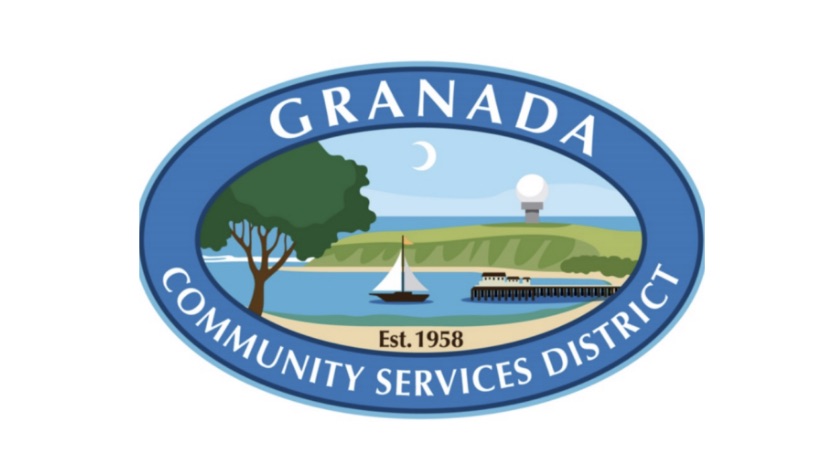|
Getting your Trinity Audio player ready...
|
PRESS RELEASE. From San Mateo County Parks on February 28th, 2023.
The San Mateo County Parks Department, in partnership with CalFire, will remove hazardous trees at Pillar Point Bluff near the Pillar Ridge Complex beginning the week of March 13 to reduce wildfire risk and improve community safety.
Work along the Jean Lauer Trail on the eastern boundary of the park will include clearing unhealthy Monterey Pines, other non-native trees, and invasive plants in an 18-acre area. Hand tools and mechanical equipment will be used, including grinders to remove large trees and chippers to reduce smaller trees to material that can be spread to reduce weed growth.
Hikers should expect trail closures near the work area, Monday through Friday, from 9 a.m. to 5 p.m. from Monday, March 13 to Friday, March 24. Noise and dust will be generated when equipment is used. See Pillar Point Bluff trail closures
San Mateo County Parks Department staff will be on site to coordinate work, ensure that sensitive plant and animal species are protected, and that best management practices are followed.
Overtime, park staff expect the area will convert to coastal scrub, like what is seen throughout the bluff in other locations. Eventually, hikers are likely to see native plants, including coyote brush, coffeeberry, toyon, buckwheat, and wild strawberry, sprout where pines once stood.
This project is one of 32 identified in the Department’s Wildfire Fuel Management Program focused on reducing wildfire risks and improving forest health and community safety.
Learn More
Park: Pillar Point Bluff Project Name: Removal of Invasive Species Along Park Boundary with Pillar Ridge
Rank ID #: 22
Size: 18 acres
New or Existing: New
Implementation Status: Planning 2021, permitting 2022, implementation 2023
Project Description and Parameters
Mitigate the threat of wildfire to the Pillar Ridge community by removing the 18-acre grove located between the Jean Lauer Trail and the park’s eastern boundary. Due to the unhealthy Monterey Pine and non-native species present in the grove, it presents a direct threat to local residents.
Location Specifics
The 18-acre grove to be removed is located between Jean Lauer Trail and the Pillar Ridge Manufactured Home Community. Please see the map depicting the project boundaries below.
Treatment Types
Removal of Monterey pine and other non-native trees and invasive vegetation.
Treatment Methods
Parks Department field staff and contractors will utilize manual and mechanical treatment methods to remove all trees, invasive species, and woody vegetation from along the park’s border with the Pillar Ridge community. Felled trees and other vegetation will be processed using a chipper, and wood chips will be retained on site to assist with erosion control and weed suppression. Trees too large to be processed by the chipper will be processed using a horizontal grinder. Chemical treatment will likely be required to control the regrowth of non-native species. All appropriate protocols will be implemented to protect and avoid rare, threatened, endangered, and/or sensitive species. Appropriate erosion control measures will be put in place to avoid sedimentation of nearby waterways.
Project Benefits
Completion of this project will improve public safety by: mitigating the threat of wildfire to nearby residents by removing dead, dying, and hazardous trees, and breaking the continuity of vertical and horizontal fuels; and preserving emergency responders’ ability to access a fire and conduct fire containment and suppression activities. This project will also provide ecological benefits by serving as a step toward converting the stand to native coastal prairie.
Implementation & Maintenance Interval
Initial treatment is estimated to take two to three years to complete. Maintenance should occur every three years thereafter, depending on observations made during monitoring.
Cost and Budget
Estimated 5-year cost to complete treatment and retreatment activities is $1,476,000. Initial treatment is estimated to cost $1,107,000, and retreatment activities are estimated to cost $369,000.
Responsible Parties
Parks Department’s Natural Resource Management Division will manage project planning, permitting, and implementation. The division will also be responsible for environmental avoidance and minimization measures, flagging sensitive resources, and monitoring project areas. Parks Department field staff will be responsible for on-site coordination with contractors, enforcing any trail closures, and maintaining treated areas.
Wildfire Mitigation at Pillar Point Bluff & Quarry Park, March 2023

Pillar Point Bluff pine grove
County Parks, in partnership with CalFire, will begin a Pillar Point Bluff fuel reduction project in mid-March. The project will focus on thinning dead and dying Monterey pine trees and reduce the encroachment of pine saplings into the coastal bluff habitat. The work will occur within the pine grove adjacent to the Pillar Ridge community neighboring the park. This is project #22 of the 2021-2026 Forest Health & Community Safety Initiative.
In Quarry Park, maintenance of previously completed fuel reduction treatments is also scheduled to begin in March. These maintenance efforts will focus on invasive species control within the footprint of the previously completed 2019 Governor’s fuel reduction project, as well as some completed treatment areas from the State Coastal Conservancy grant project that was performed in 2021. It is important to conduct invasive species management early and frequently in order to achieve effective control. Over time, with sufficient control, management and maintenance efforts for invasive species will be able to be reduced.
These projects will mitigate the threat of wildfire to nearby residents by reducing fuel loads, improving access and/or evacuation routes, and improving the ability for emergency responders to contain and suppress fire. Small diameter trees and low growing vegetation in the understory will be removed to reduce the risk of ground fire spreading to taller trees. The number of mature hazardous or dead trees that contribute to canopy density will also be reduced.
More info here: Wildfire Resilience in the Midcoast






